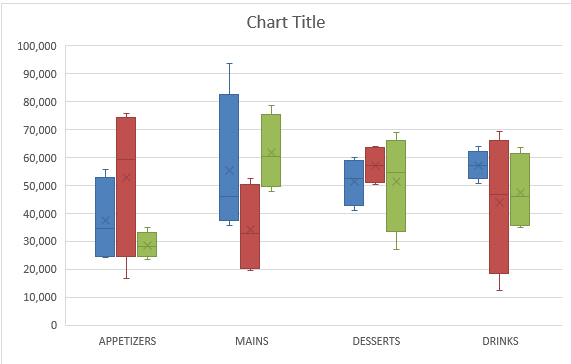

They work best with large data sets, allowing you to see a variety of information at the same time. On the worksheet that contains your chart data, in the cells directly next to or below your existing source data for the chart, enter the new data series you. Surface charts allow you to display data across a 3D landscape. Each value is shown as a slice of the pie, so it's easy to see which values make up the percentage of a whole.īar charts work just like column charts, but they use horizontal rather than vertical bars.Īrea charts are similar to line charts, except the areas under the lines are filled in. Pie charts make it easy to compare proportions. The data points are connected with lines, making it easy to see whether values are increasing or decreasing over time. Line charts are ideal for showing trends.


They can work with many different types of data, but they're most frequently used for comparing information. Click the arrows to see some of the different types of charts available in Excel.Ĭolumn charts use vertical bars to represent data. You can also hover over a format to see a preview of what it will look like when using your data. The graph will be created in your document. In order to use charts effectively, you'll need to understand how different charts are used.Ĭlick the arrows in the slideshow below to learn more about the types of charts in Excel.Įxcel has a variety of chart types, each with its own advantages. In your selected graph's drop-down menu, click a version of the graph (e.g., 3D) that you want to use in your Excel document. Excel has several different types of charts, allowing you to choose the one that best fits your data.


 0 kommentar(er)
0 kommentar(er)
